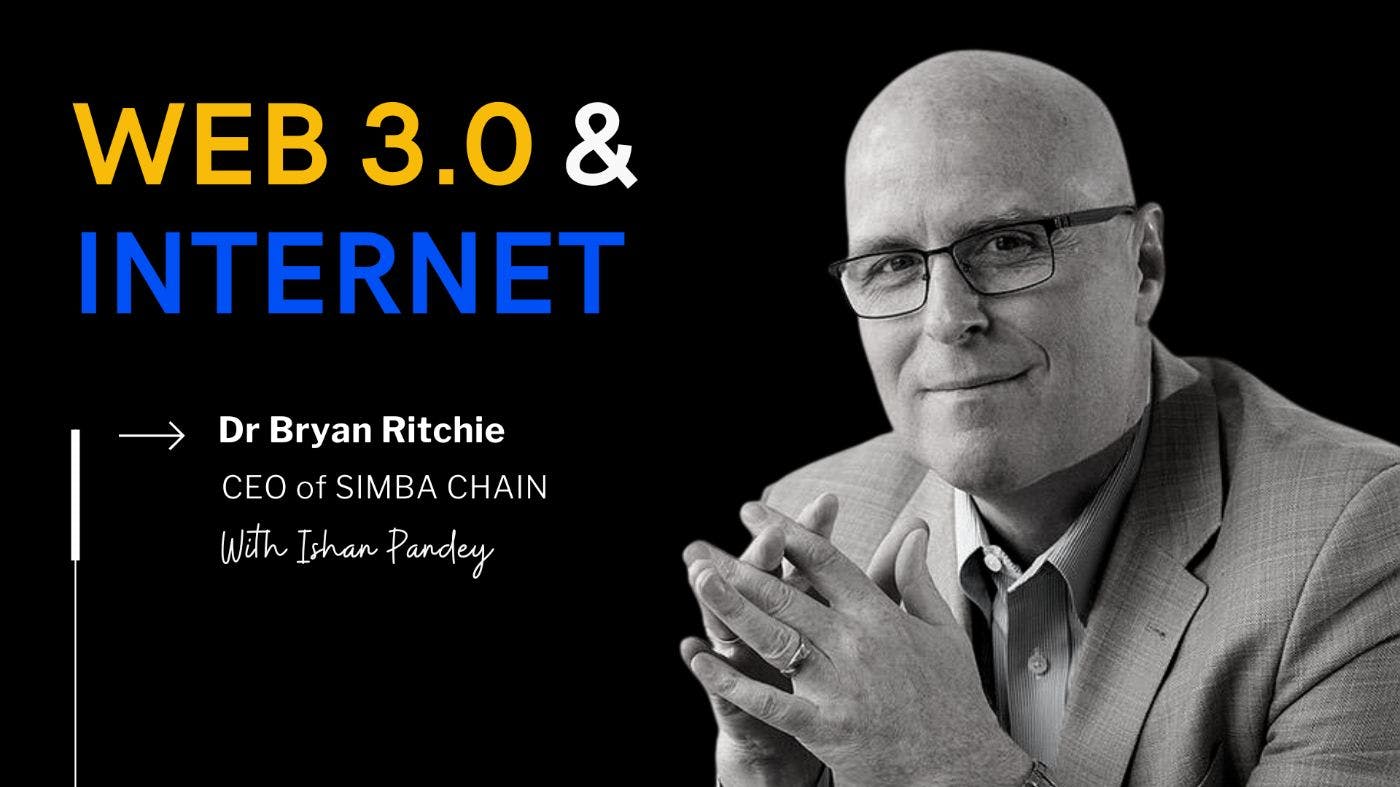44,590 reads
Current Web3 Development is Similar to the Internet Boom of the Late 90s
by
October 30th, 2022
Audio Presented by

Building and Covering the latest events, insights and views in the AI and Web3 ecosystem.
Story's Credibility

About Author
Building and Covering the latest events, insights and views in the AI and Web3 ecosystem.
